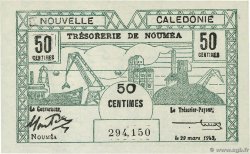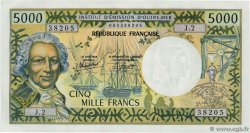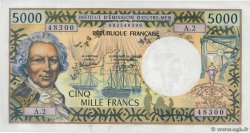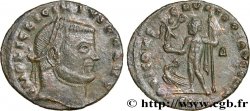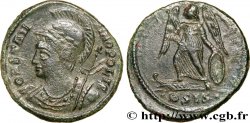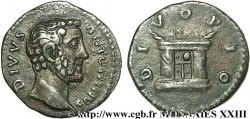p04_0036 - 100 Francs NOUVELLE CALÉDONIE 1914 P.17
PAPIER MONNAIE 4 (2004)
Prezzo di inizio : 2 500.00 €
Valutazione : 4 500.00 €
lotto invenduto
Prezzo di inizio : 2 500.00 €
Valutazione : 4 500.00 €
lotto invenduto
Valore facciale : 100 Francs
Data: 03 mars 1914
Provincie/Banche Banque de l'Indochine
N° nella opera di riferimento P.17
Altro riferimento KM.409
Alfabeto - Serie : M.6 n°874
Firma : Baron Hely d'Oissel, Simon, caissier manuscrite
Descrizione dello stato di conservazione Petite fente 5mm en marge haute
Commento
Cet exemplaire est le plus ancien que nous ayons vu, avec la date du 3 mars 1914, et il confirme, avec une signature de caissier encore jamais remarquée, que les billets étaient signés par séries et probablement dans l'ordre d'impression, matérialisé par les dates (nous avons donc maintenant vu du 3 au 11 mars). Ce billet est d'une extrême rareté car il fait partie des fameux alphabets 5 et 6, signalés par le Docteur Kolsky dans le KM, comme ayant été imprimés sur un papier épais, au coton, et retirés rapidement de la circulation. C'est le seul billet de ces alphabets que nous ayons jamais vu, c'est l'exemplaire de la collection Georges Thomas, n° 1885.
This example is the oldest we have seen, with the date March 3, 1914, and it confirms, with a cashier's signature never before noticed, that the notes were signed in series and probably in the order of printing, materialized by the dates (so we have now seen from March 3 to 11). This note is extremely rare because it is part of the famous alphabets 5 and 6, reported by Doctor Kolsky in the KM, as having been printed on thick paper, cotton, and quickly withdrawn from circulation. This is the only note of these alphabets that we have ever seen, it is the example of the Georges Thomas collection, n° 1885
This example is the oldest we have seen, with the date March 3, 1914, and it confirms, with a cashier's signature never before noticed, that the notes were signed in series and probably in the order of printing, materialized by the dates (so we have now seen from March 3 to 11). This note is extremely rare because it is part of the famous alphabets 5 and 6, reported by Doctor Kolsky in the KM, as having been printed on thick paper, cotton, and quickly withdrawn from circulation. This is the only note of these alphabets that we have ever seen, it is the example of the Georges Thomas collection, n° 1885







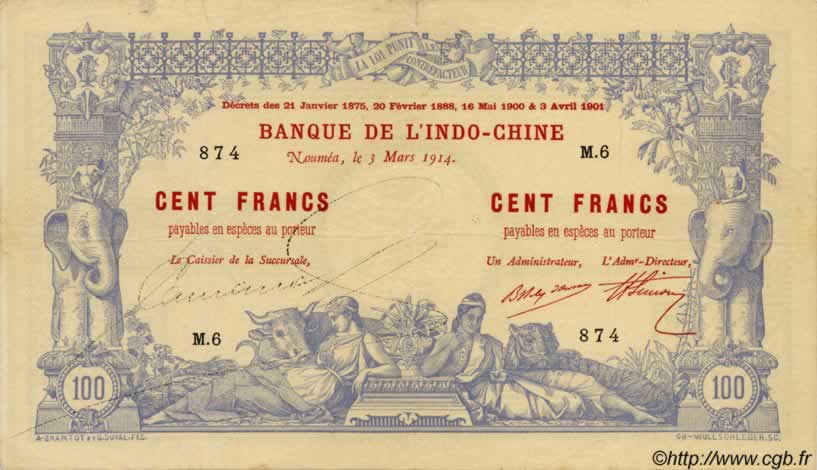

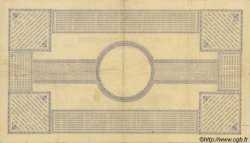
 Segnalare un errore
Segnalare un errore Stampate la pagina
Stampate la pagina Condividi mia selezione
Condividi mia selezione Fai una domanda
Fai una domanda Consegnare / vendere
Consegnare / vendere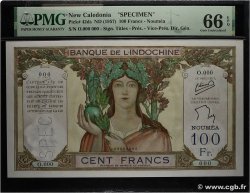
 Descrittivo
Descrittivo